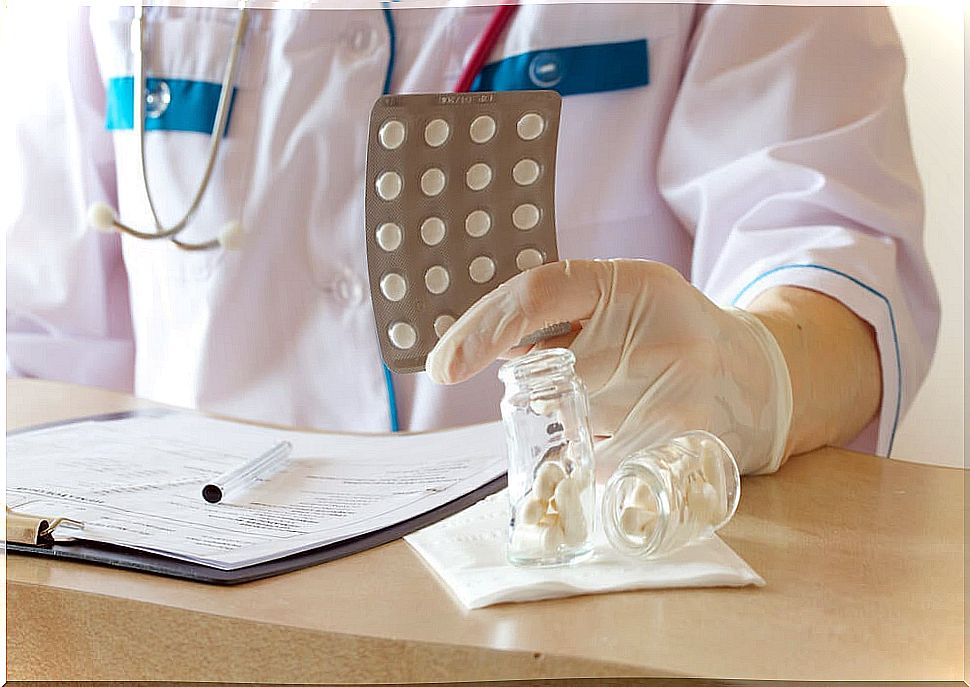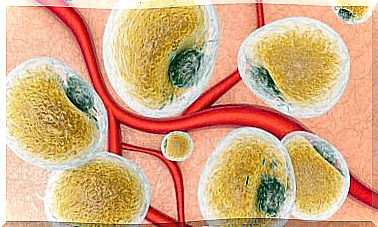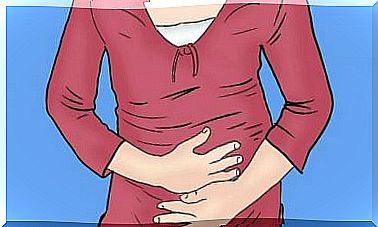Bacterial Vaginosis: Causes, Symptoms And Treatment
Normally, there are a lot of bacteria in the vagina, but that does not mean that it is something bad. On the contrary, the vaginal flora helps protect the vagina from fungal and yeast infections, among other issues. However, when it undergoes an alteration and the number of bacteria increases, the vagina is exposed and then, it is when infections can occur more easily.
According to the MSD Manual, a bacterial vaginitis due to a complex alteration of the vaginal flora in which the amount of lactobacilli decreases and that of pathogenic anaerobes increases. Symptoms may include a grayish, liquid, fishy vaginal discharge and itching. It may also cause itching and irritation in the vaginal area.
Symptoms

As we have mentioned, the most characteristic symptoms of this disease are: a grayish vaginal discharge with a liquid consistency, together with its respective fishy smell.
According to the MSD Manual, the fishy smell is more intense when the discharge is more alkaline (after intercourse or menstruation). On the other hand, itching and pruritus are symptoms that can occur in most cases. However, erythema and edema rarely occur.
Possible risk factors
- Using scented deodorants, gels, or powders in the vaginal area increases the risk of infection.
- Do not change the pad or tampon frequently during menstruation.
- Do not dry the area after bathing or exercising.
- Over-washing the vagina.
- The use of strong detergents when washing underwear.
- Do not change underwear after doing any physical activity.
If treatment for the infection is not sought, the bacteria may spread to the uterus or fallopian tubes causing major problems, especially in pregnant women.
Diagnosis and treatment

To determine that a patient has bacterial vaginosis, it is necessary to take a sample of the vaginal discharge and perform various clinical and laboratory tests.
Possible signs of bacterial vaginosis are:
- pH higher 4.5.
- Grayish or yellowish discharge.
- The discharge gives off a foul odor.
Once the diagnosis is received, the treatment basically consists of antibiotic drugs. It should be noted that the Response to medication will depend on the individual patient, so infection is likely to prevail after a couple of weeks.
Although oral medications are often used, there are also treatments without antibiotics. These are introduced into the vagina and in the same way eliminate harmful bacteria without causing side effects.
Consequences
In most cases, bacterial vaginosis does not have serious health consequences. But you have to be careful because it can trigger pelvic inflammation, which is a serious disease, since it can trigger infertility or extrauterine pregnancies. Hence in part the importance of being examined during pregnancy, even if there are no symptoms.
On the other hand, if the infection occurs during pregnancy, there is a risk of premature delivery or low birth weight. Because of this, it is important to monitor the infection and follow the treatment indicated by the doctor.
Finally, it is essential to keep in mind that this and other vaginal infections make women more prone to have sexually transmitted diseases such as HIV, herpes simplex virus, chlamydia and gonorrhea.









